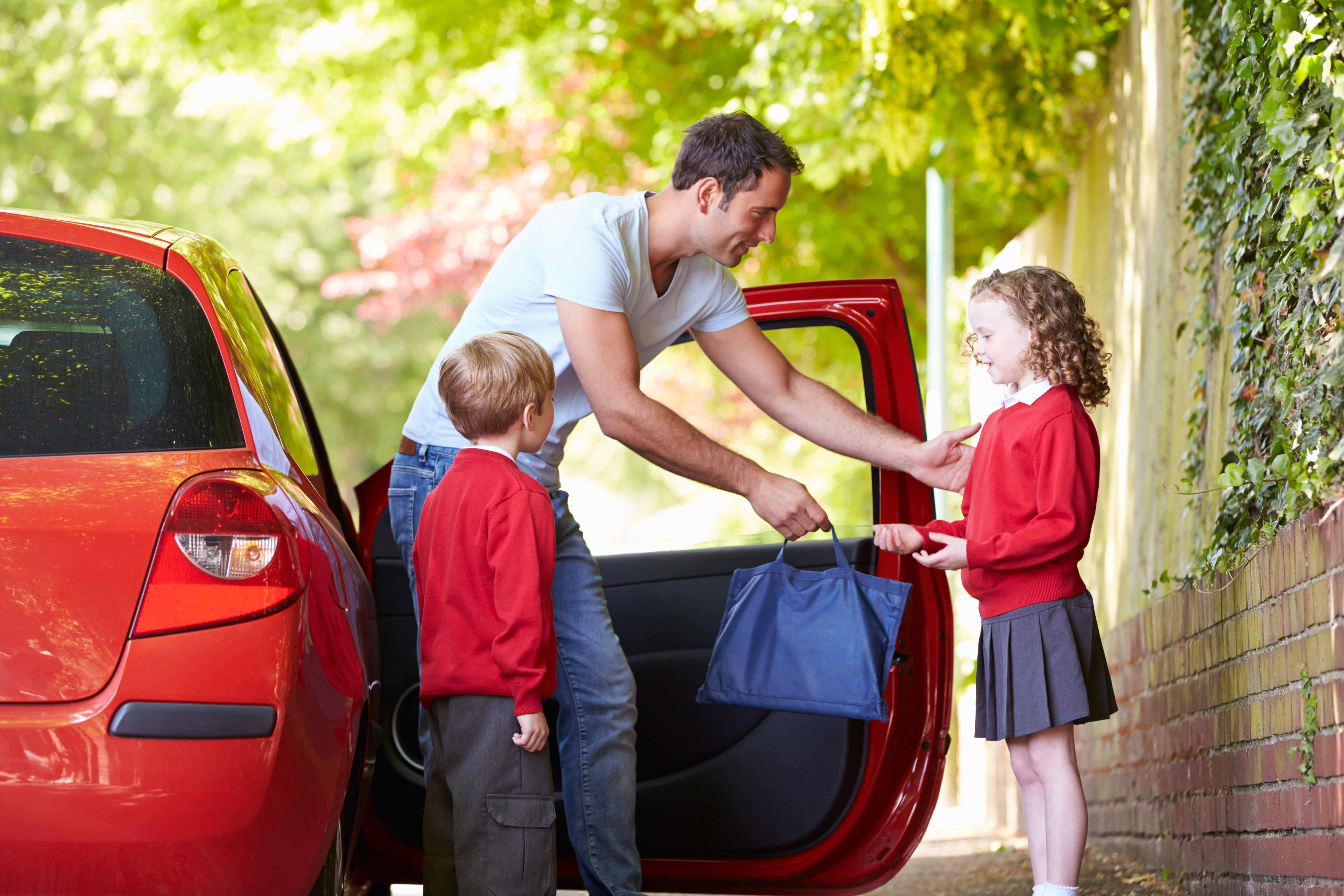
More than half (58%) of accidents involving a child being killed or seriously injured happen on the way home from school, between 3pm and 6:59pm.
This is linked to the ‘after school rush’, where parents are under pressure to get their children home and dinner on the table but there’s also evidence that children aren’t paying enough attention to their surroundings as 78% of child pedestrians involved in accidents failed to look properly.
While schools have a duty of care to ensure students can safely enter and leave the premises, parents and other drivers can take steps to minimise the risk of a child being hurt.
Use alternative means of transport
This may not be practical in all cases. However, letting your child cycle, walk or use public transport helps reduce congestion around schools. Fewer cars mean students who walk or cycle are safer, and less congestion improves the air quality in the area.
Park safely
For parents that need to drive, follow the parking directions for the school. Never park on yellow lines, and only stop in designated parking spaces.
Parking in the wrong place can block other drivers’ vision, and also the vision of pedestrians - in particular younger students. Yellow lines are usually placed in areas of high traffic or where it is dangerous to park, so stopping on them endangers your child, other children and other drivers. Parking incorrectly may encourage other parents to do the same, exacerbating the problem
Where possible, try not to park in a way that means you need to reverse onto the main road or near pedestrian traffic. Particularly in large vehicles, small children may not always be visible. Park in a way that means your children always enter and leave the vehicle on the pavement, not the road.
Be vigilant
Children talking to their friends or on their phones may not be paying attention to their surroundings and may step out suddenly into the road. Drivers must therefore be extra vigilant in school zones to avoid an accident.
In addition, navigate carefully around school buses. Do not attempt to overtake unless the road ahead is clear of both vehicles and students. It is always safer to wait.

Obey traffic laws
Speed limits, one-way directions or road closures around school zones should always be observed. While these may be inconvenient, these rules are put in place to protect students.
Pay extra attention to the Highway Code when driving near schools. Indicate well before making a turn to make it clear to pedestrians where you intend to turn. Avoid manoeuvres like u-turns, and be aware of changes to the speed limit.
In addition, always slow down at crossings; students may walk across them without looking. Be especially careful when behind cyclists, and remember the new highway code rules give them more room on the road.
Be aware that limits in school zones may be in place even outside of school hours. There are many reasons children may be attending school late or during the holidays, so it is best to always practice caution.
Expect traffic
Lots of parents will be picking up and dropping off their kids, so the roads will be busier than usual at the start and end of the school day. Plan accordingly - add an extra 15 minutes to journey times.
Heavy traffic may mean students cross in front of your stationary vehicle, so make sure to remain aware at all times.
Make sure to check your child’s school website, as it may have more information about road closures and parking. These measures are designed to keep children safe, so it is crucial that parents and drivers follow them at all times. Green travel like walking and cycling is always encouraged, and creating safer school zones minimises the risk to those students.

